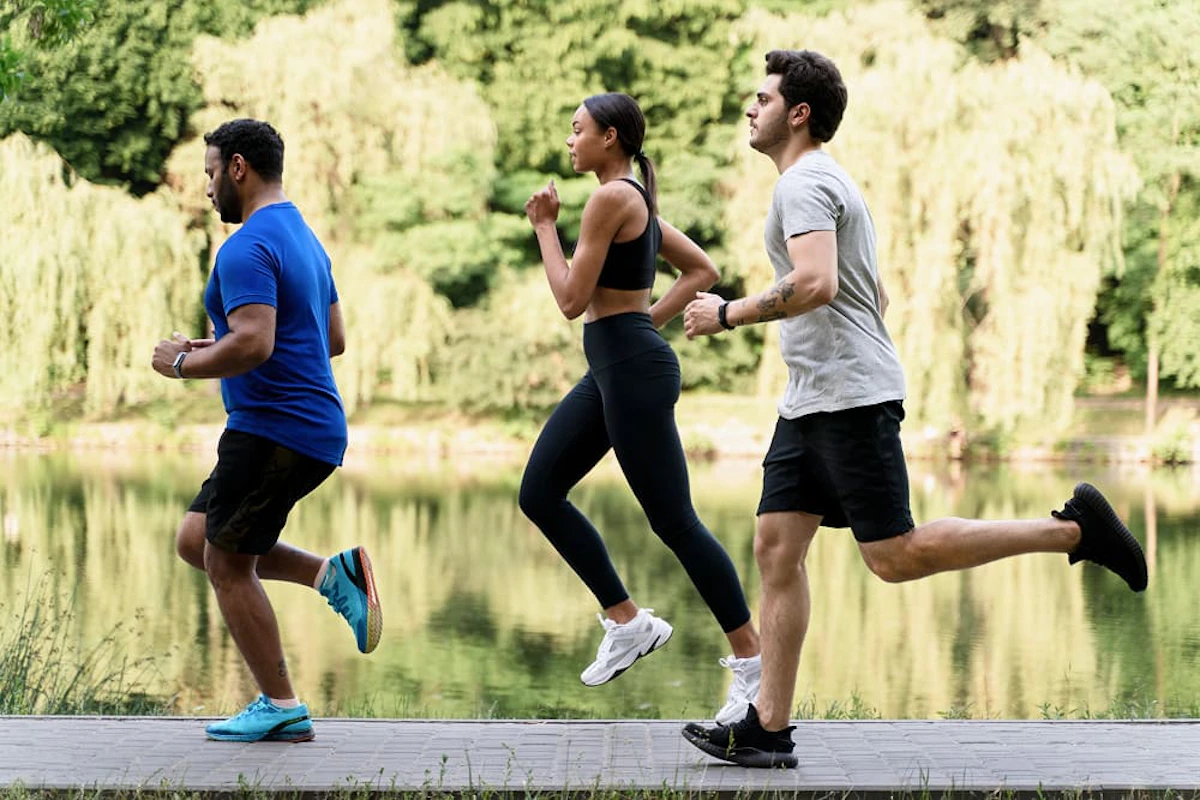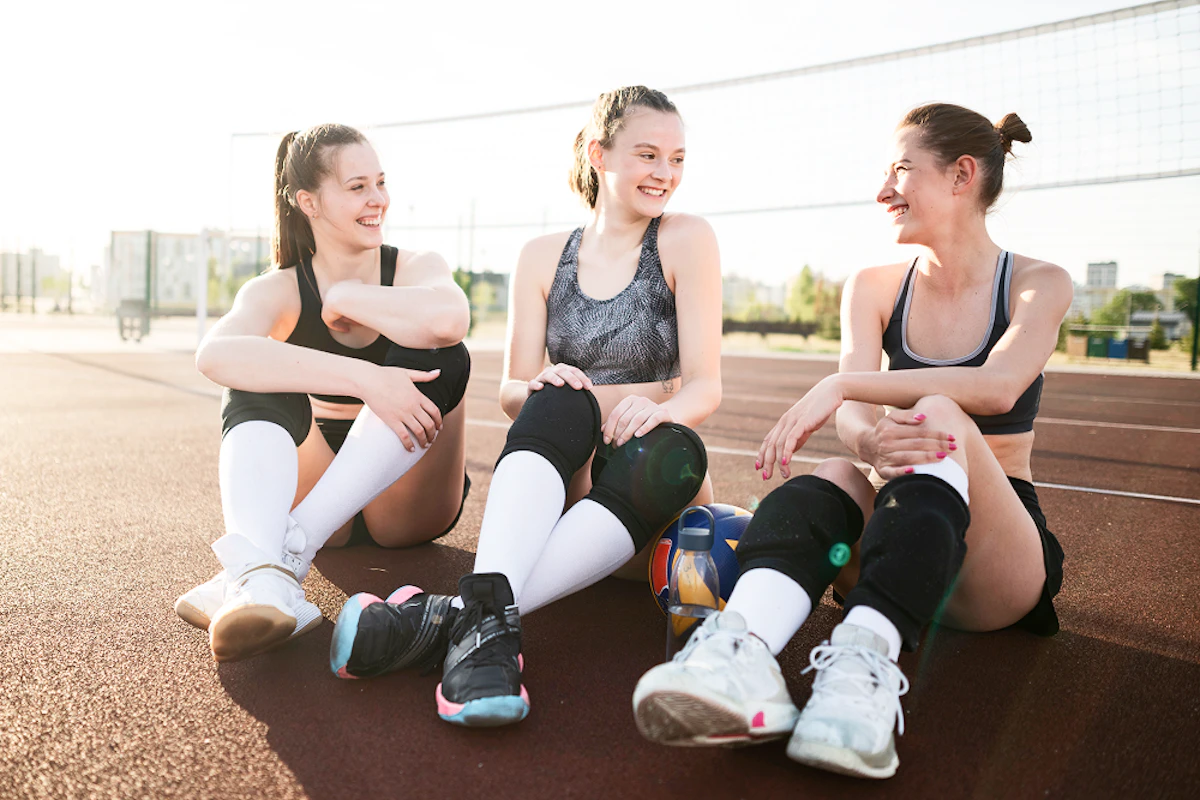
9 min of reading
Summary
What is a running belt for?
🙌 A belt to stay hydrated, nourished, and keep your hands free
🎽 A belt to attach your bib during a race
🦺 Is it better to run with a belt or a vest?
Which belt for running?
🏃 The criteria for a good running belt
🏷️ Comparison and market prices
How to maintain your running belt?
🧺 Washing and drying: frequency and tips
♻️ Some additional information for greater durability

Receive advice from our passionate coaches!
Running lightly, without a bulky backpack or phone in hand, while keeping the essentials easily accessible: this is the major advantage of the running belt. Discreet and incredibly practical accessory, it has become a staple in the equipment of road and trail runners. But between minimalist models, belt-mounted water bottle holders, or versatile versions, it can sometimes be difficult to navigate. In this article, we help you sort out and choose the belt that best fits your running style.
What is a running belt for?
A running belt is more than just an accessory: it can optimize your comfort and performance. By allowing you to carry water, food, a smartphone, or even a race bib, it offers you freedom of movement and peace of mind during your outings and in an official race.
🙌 A belt to stay hydrated, nourished, and keep your hands free
The primary function of a belt is to carry something to drink. Some models include one or two water bottles, others have a water bottle holder system, while the latest ones are designed to accommodate a flexible flask.
💡 The Benefit? Ensure hydration, never run out of water, especially in summer or during a long run.
But these trail or road belts also allow you to tuck in some gels, bars, or fruit chews, essential for sustaining energy during a long or intense effort. Lightness and stability are essential then: the belt must be adjustable and well secured to the waist to avoid bouncing.
🎽 A belt to attach your bib during a race
Another key feature: the bib belt. No more safety pins on your tee-shirt, you simply attach your runner number to the belt using the provided attachments for that purpose. This way, you save time, protect your clothing, and stay free to move. Originally designed for triathlon, this system is now common in competitions, from 10 km to marathon, including demanding trails.
⚠️ Some races prohibit this device and require attaching the bib directly to the jersey to limit the risk of loss. Remember to take a look at the regulations!

🦺 Is it better to run with a belt or a vest?
Large question for many runners: should you opt for the minimalist belt or the hydration vest? It all depends on the distance covered and your needs.
The running or trail belt is ideal for short to medium outings, up to about 20 kilometers, or as a complement to fueling in competitions. It offers comfort, ergonomics, and breathability, with well-designed pockets to carry just what you need.
The vest, for its part, offers more storage capacity, better suited for long trails or ultras. But it is also bulkier, sometimes less breathable, and often more expensive. It's up to you to judge based on your constraints.
Which belt for running?
Whether you're a road or trail enthusiast, the variety of models can make your head spin. From the minimalist sports belt to the latest models, the possibilities are numerous.
🏃 The criteria for a good running belt
Before checking out, consider a few essential criteria.
Capacity and storage: Do you need to carry only your smartphone and keys, or also water, gels, and a windbreaker?
Ergonomics and stability: The belt must stay securely in place, without swinging or chafing. Adjustable belts, often elastic, ensure optimal support.
Size and fit: A poor size choice can make the belt uncomfortable or unstable. Don't hesitate to try it in store or check the size guide before buying.
Lightness and breathability: Prefer thin and breathable materials to avoid overheating.
Comfort: A minimalist belt is barely noticeable, but some sturdier models add reinforcements to protect the back.
Pocket accessibility: You must be able to easily grab your flask or gel without stopping.
🏷️ Comparison and market prices
In the market, hydration belts can be found starting at €15 for basic models. The smartphone belts, very popular, are priced around €20 to €30. More complete versions, with multiple pockets, integrated flask, or race bib attachment systems, range from €30 to €60. Finally, high-end trail belts, designed for long distances, can exceed €70, with more technical materials and thoughtful ergonomics.
Brands like Salomon or Compressport dominate the segment, but Made in France alternatives like Oxsitis or BV sport also appeal through their sustainable design. We can also mention the brand FlipBelt, a specialist in the field, which designs very well-fitted elastic belts.

How to maintain your running belt?
Investing in a belt is top. Keeping it for a long time is even better! Good maintenance prolongs its lifespan and helps maintain its level of comfort over time.
🧺 Washing and drying: frequency and tips
After a workout, especially if you've sweated a lot or used a flask with sugary content or let your gel run, quickly rinse your belt with clear water, by hand. For a thorough cleaning, prefer hand washing with mild soap. Avoid machine washing it too often as it can weaken the elastic and deteriorate breathability. After washing, let your belt dry in the open air, away from direct heat sources.
♻️ Some additional information for greater durability
Never pierce your belt to add a race bib holder or a ring: you risk weakening the material. Store it flat or rolled without compressing it. And if you want to prioritize the ethics of your accessories running, certain brands offer eco-designed models, a guarantee of quality and traceability.
In the end, choosing the right running belt makes all the difference: whether you carry water via a bottle or soft flask, gear up with energy gels, or simply want your smartphone and keys safe and sound, the best waist pack—or if you prefer the retro-chic term, fanny pack—fits your waist size, offers an adjustable fit, and includes a zippered pocket for secure storage. For long runs, a belt that carries water and essentials without bouncing or shifting becomes a trusted companion. So check that the size fits, the materials are lightweight but sturdy, and the belt allows you to stay hands-free and focused on your stride—not on readjusting your gear. With the right waist pack, you’re set to hit the distance with confidence and comfort.
The running belt is far from being a gadget, it's a valuable ally to improve your comfort, autonomy, and range of movement. Whether it's a hydration belt, a smartphone belt, or a race bib belt, it adapts to your needs and budget. The choice will depend on your terrain, the distance covered, and your desire for lightness or capacity. One thing is sure: once adopted, you'll find it hard to live without it.

Lou
Published on , updated on
share







